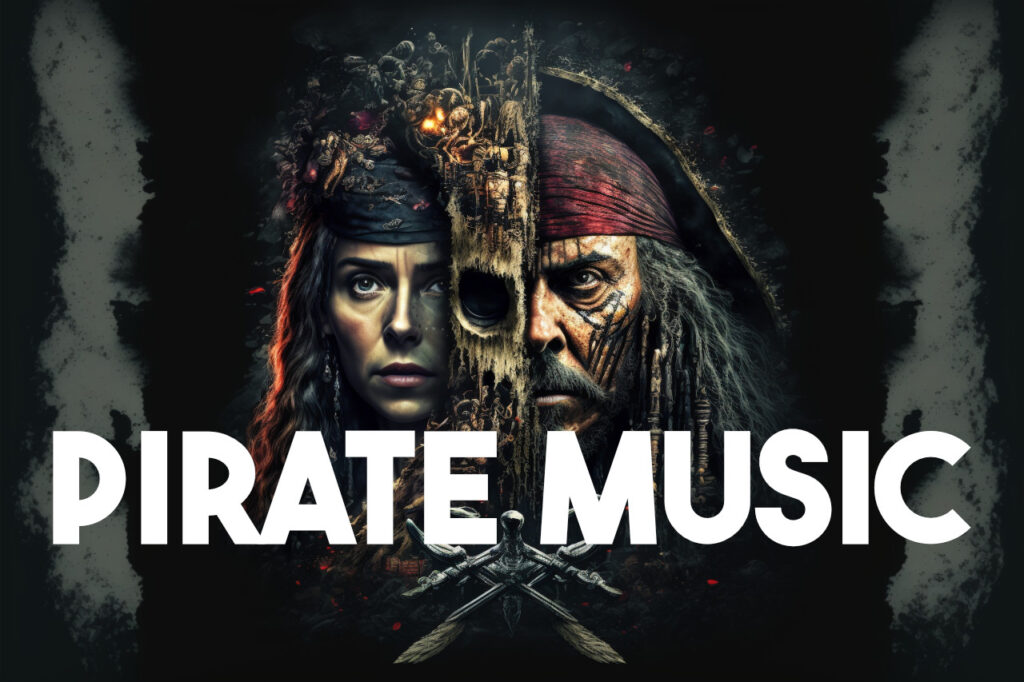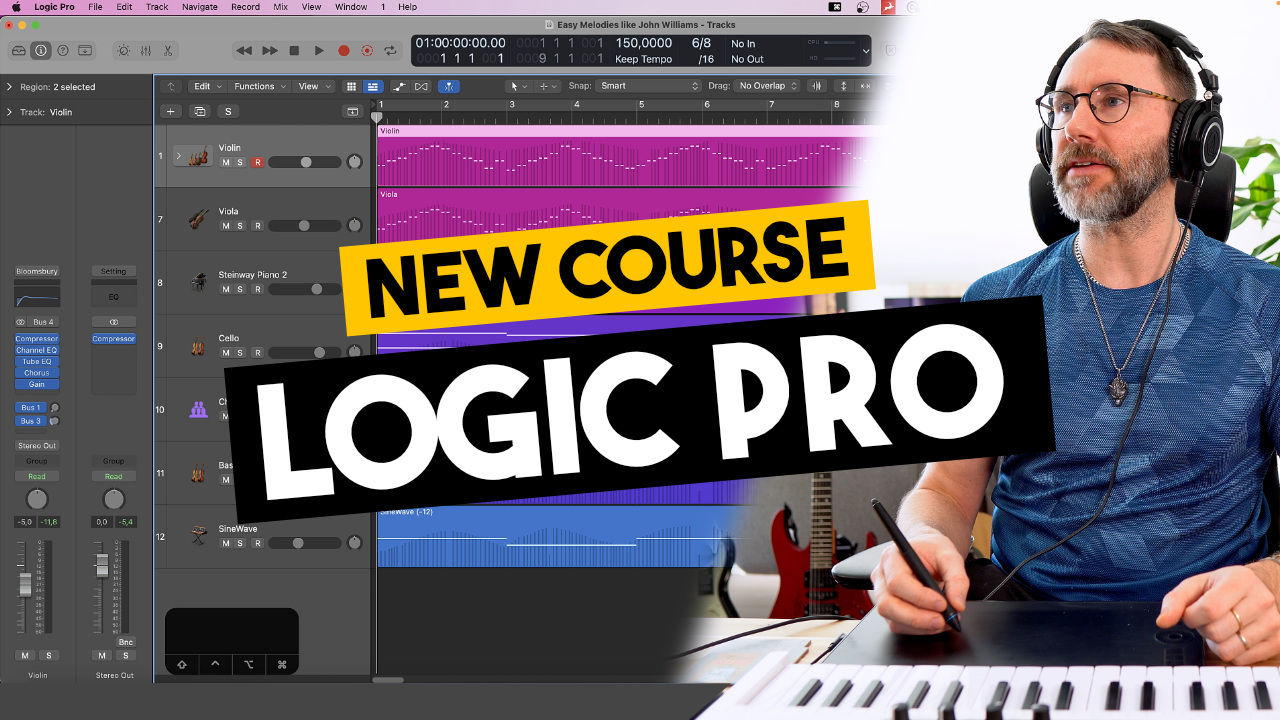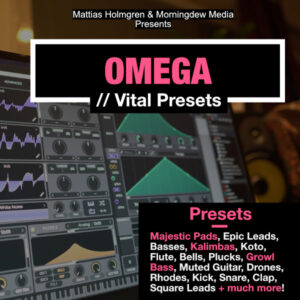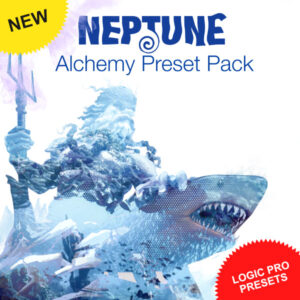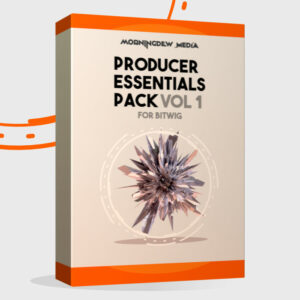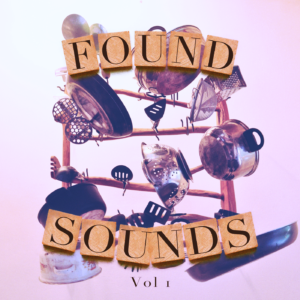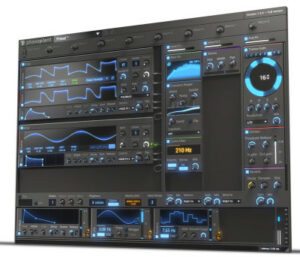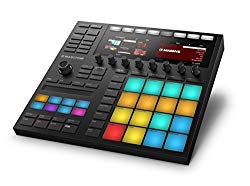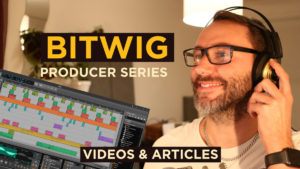Pirate music, also known as sea shanties, are a traditional form of maritime folk song that were sung by sailors and pirates during the golden age of piracy in the 18th and 19th centuries. These songs were used to pass the time and improve morale during long voyages, and often featured lyrics about life at sea, adventure, and maritime folklore. If you’re interested in composing pirate music, there are a few key elements that you’ll want to consider in order to capture the feel and spirit of this genre.
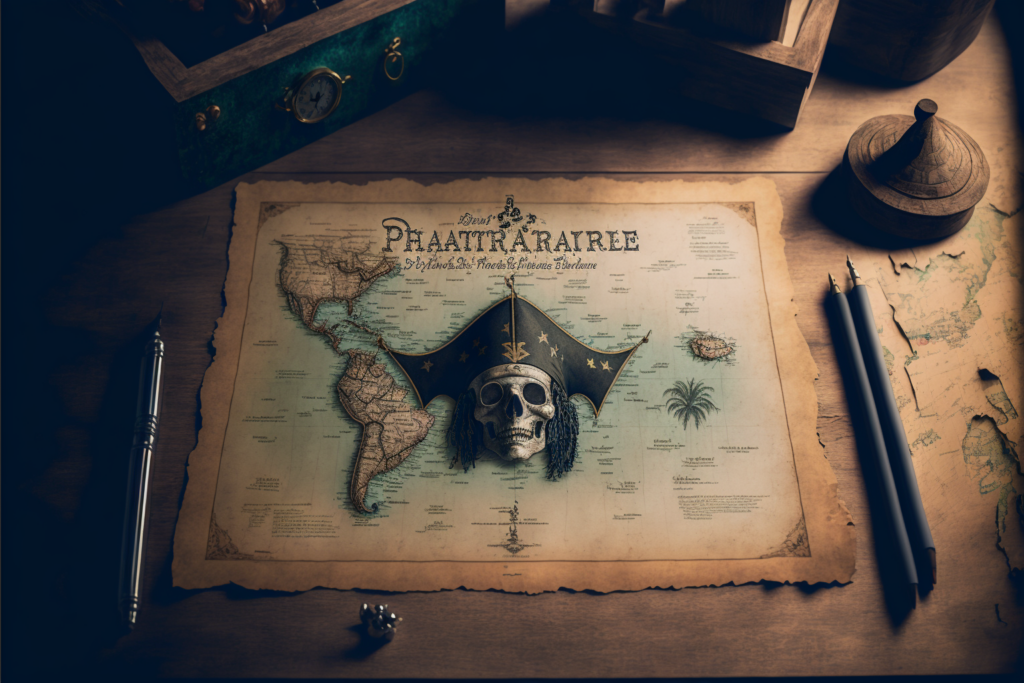
Chord Progressions: The Heart of Pirate Music
One of the most distinctive features of pirate music is its use of simple, repetitive chord progressions. These progressions often consist of just a few chords that are repeated over and over again, with the lyrics fitting into the chord changes. In this section, we’ll look at some chord progressions that are well-suited to pirate music.
I-IV-V: The Classic Rock and Roll Progression
The I-IV-V chord progression is a classic rock and roll progression that works well for pirate music. The I, IV, and V chords are the tonic, subdominant, and dominant chords of a particular key, and can give your music a sense of forward momentum and energy. For example, in the key of C, the I, IV, and V chords would be C, F, and G.
I-vi-IV-V: Adding Some Variety
This chord progression adds a bit of variety to the I-IV-V progression by including the vi chord (the minor sixth) as well. This can give your music a slightly more adventurous or exotic feel. In the key of C, the chords would be C, Am, F, and G.
I-IV-vi-V: A More Upbeat Feel
This chord progression is similar to the I-vi-IV-V progression, but replaces the minor vi chord with a major vi chord (the major sixth). This can give your music a more upbeat or celebratory feel. In the key of C, the chords would be C, F, A, and G.

Scales: Choosing the Right Key for Your Pirate Music
In addition to selecting the right chord progressions, it’s important to choose a key that is well-suited to your pirate music composition. In order to choose the right scales for your pirate music compositions, it’s important to consider the mood and emotion that you want to convey. Here are a few scales that are well-suited to pirate music, along with some information on the characteristics and uses of each scale:
- Major: Major keys are generally upbeat and positive, making them well-suited to pirate music with a celebratory or adventurous feel. Major scales have a bright, cheerful sound, and are often used in music that is meant to inspire or uplift. In the key of C, for example, the notes of the C major scale would be C, D, E, F, G, A, and B.
- Mixolydian: The Mixolydian mode is a major scale with a lowered seventh scale degree. This gives it a bluesy, slightly dissonant sound that can add an element of danger or mystery to your pirate music. The Mixolydian mode is often used in music with a folk or bluesy feel, and can add a sense of rough-and-tumble energy to your compositions. In the key of C, the notes of the C Mixolydian mode would be C, D, E, F, G, A, and Bb.
- Dorian: The Dorian mode is a minor scale with a raised sixth scale degree. This gives it a slightly exotic, adventurous sound that can work well for pirate music. The Dorian mode is often used in music with a medieval or Renaissance feel, and can add a touch of mystery or intrigue to your compositions. In the key of C, the notes of the C Dorian mode would be C, D, Eb, F, G, A, and Bb.
Ultimately, the choice of scale will depend on the specific needs of your composition. You may find that certain scales work better for certain moods or emotions, or that certain scales fit better with certain chord progressions or melodies. Experimentation is key, so don’t be afraid to try out different scales and see what works best for your music.
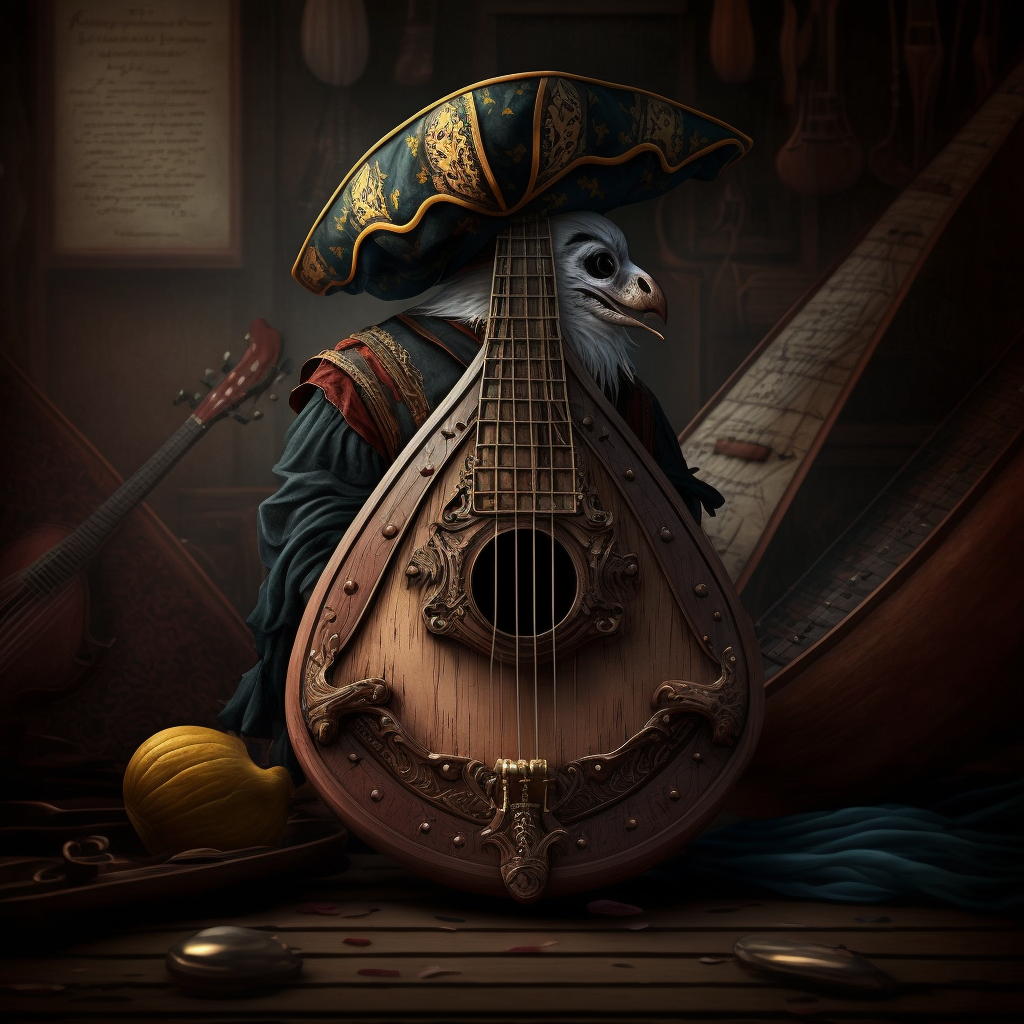
Instruments: Adding Color and Character to Your Pirate Music
There are a wide range of instruments that you can use in your pirate music compositions, ranging from traditional maritime instruments like the accordion and fiddle to more modern instruments like electric guitar and synthesizers. Here are a few instrument suggestions to consider:
- Accordion: The accordion is a popular instrument in pirate music due to its ability to play melodies and chords at the same time, as well as its portability. It can add a lively, festive feel to your music.
- Fiddle: The fiddle, also known as a violin, is another popular instrument in pirate music. It can add a lively, energetic feel to your compositions, and can be used to play both melodies and chordal accompaniment.
- Mandolin: The mandolin is a plucked string instrument with a bright, ringing sound that can add a touch of whimsy to your pirate music. It is often used for melodies, but can also be used for chordal accompaniment.
- Electric guitar: The electric guitar can add a modern twist to your pirate music, and can be used to play both melodies and chords. You can use a variety of effects pedals, such as reverb and distortion, to give your guitar a more “piratey” sound.
- Synthesizers: Synthesizers can be used to create a wide range of sounds, including sea shanty-inspired instrumentation like accordions and fiddles. You can also use synthesizers to create more modern, electronic-sounding elements in your compositions.
- Percussion: Percussion instruments like drums, shakers, and tambourines can add energy and drive to your pirate music. You can also use percussion to create a sense of movement and momentum, such as by building a groove or using a call-and-response pattern.
- Traditional maritime instruments: Other traditional maritime instruments that you might consider using in your pirate music include the banjo, harmonica, and tin whistle. These instruments can add a sense of authenticity and historical context to your compositions.
Arranging Your Pirate Music: Tips and Techniques
Once you’ve chosen your chords, scales, and instruments, it’s time to start arranging your pirate music. Here are a few tips and techniques to consider:
- Keep it simple: Pirate music is generally characterized by its simplicity and repetition. Don’t be afraid to use the same chord progression or melody over and over again, and keep your arrangements straightforward and easy to follow.
- Use call-and-response: A common technique in pirate music is the use of call-and-response patterns, where one group of singers or instruments sings or plays a line, and another group responds. This can create a sense of interaction and camaraderie within your music.
- Build the intensity: You can create a sense of forward momentum and energy in your pirate music by gradually building the intensity over the course of the song. You can do this by adding more instruments or layering different parts, or by increasing the tempo or dynamic range.
- Experiment with instrumentation: Don’t be afraid to get creative with your instrumentation and try out different combinations of instruments. You might find that certain instruments work well together, or that certain instruments help to bring out different moods or emotions in your music.
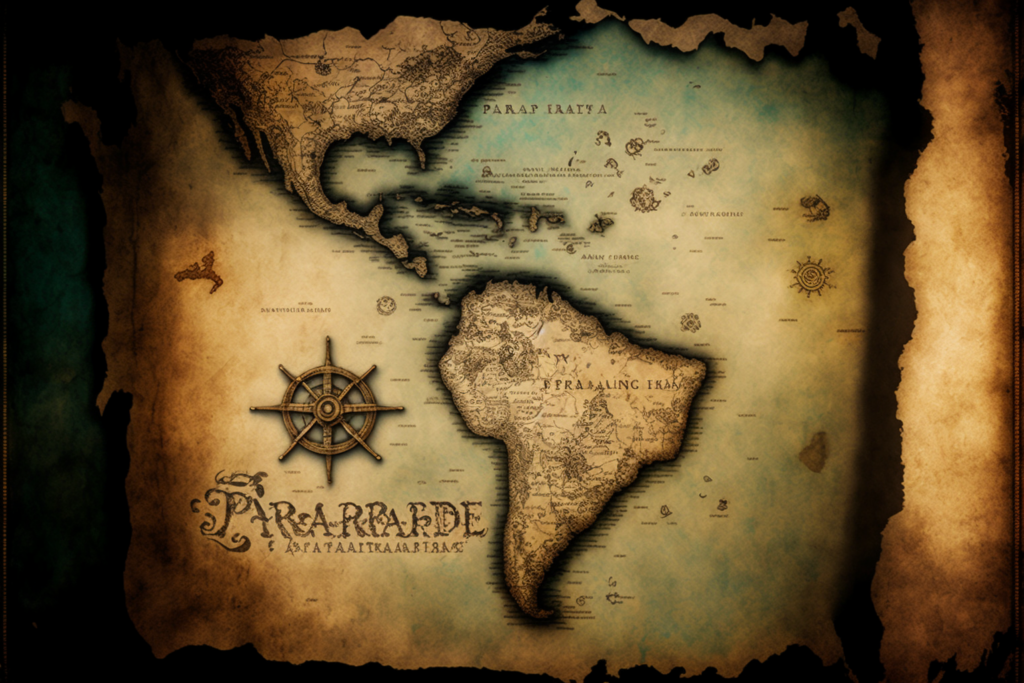
Conclusion:
Composing pirate music can be a fun and rewarding challenge, and by following the tips and techniques outlined above, you’ll be well on your way to creating your own sea shanties. Whether you’re a seasoned composer or just starting out, there’s always room for creativity and experimentation in the world of pirate music. So grab your accordion, fiddle, or electric guitar, and set sail on a musical adventure!
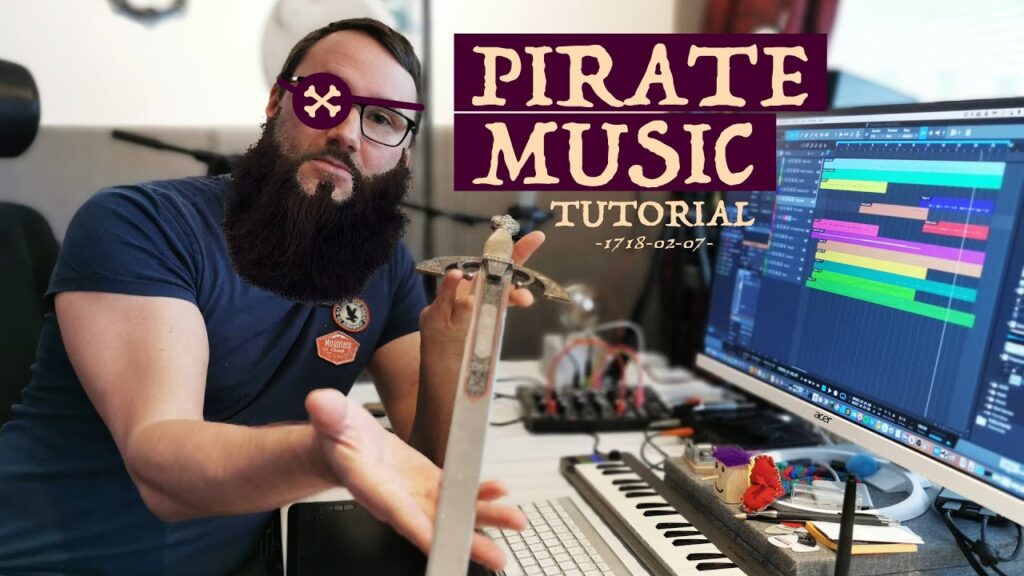
Learn more about composing pirate music here.
